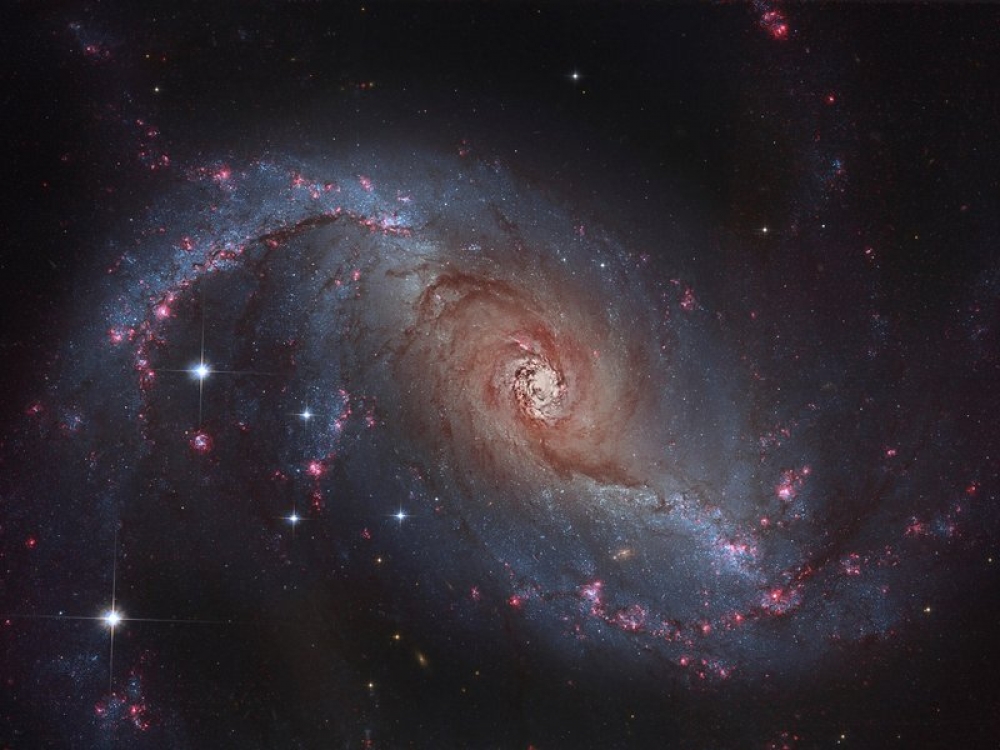Technology from ‘Interstellar’ Could Be Useful to Scientists, Too
Black holes create and destroy galaxies, like this spiral galaxy in the constellation Dorado. (Roberto Colombari/Stocktrek Images/Corbis)
Much has been made of the mind-bending visual effects in Interstellar. But the methods created by the film’s Oscar-nominated visual effects team may have more serious applications than wowing movie audiences—they could actually be useful to scientists, too. A new paper in Classical and Quantum Gravity tells how the Interstellar team turned science fiction towards the service of scientific fact and produced a whole new picture of what it might look like to orbit around a spinning black hole.
Director Christopher Nolan and executive producer (and theoretical physicist) Kip Thorne wanted to create a visual experience that was immersive and credible. When they began to construct images of a black hole within an accretion disk, they realized that existing visual effects technology wouldn’t cut it—it created a flickering effect that would have looked bad in IMAX theaters. So the team turned to physics to create something different.

There are no published comments.
New comment